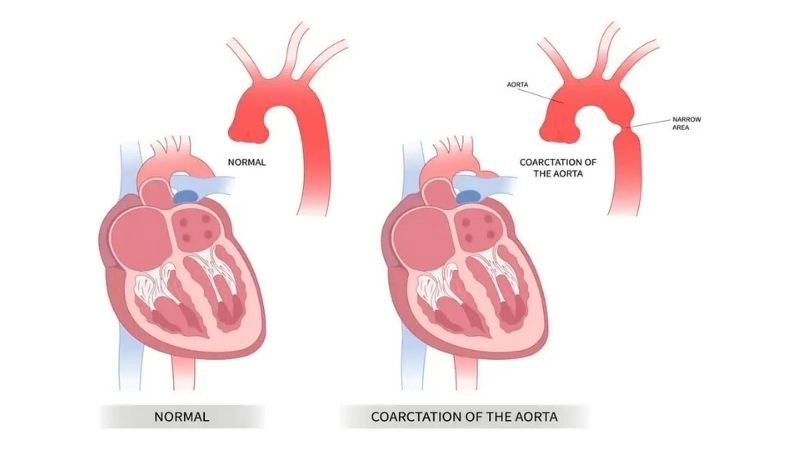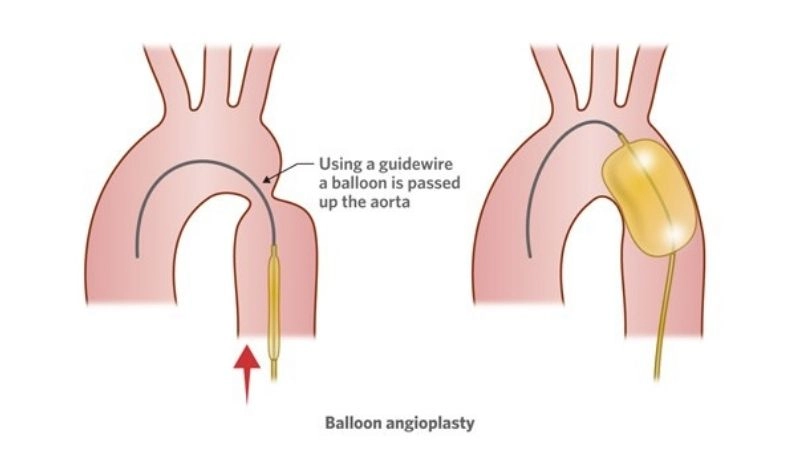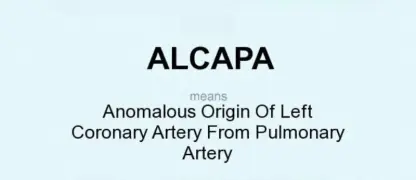Coarctation of the Aorta is a serious congenital heart defect that restricts blood flow, causes hypertension, and requires accurate diagnosis with proper treatment.
What are the main causes of coarctation of the aorta?
- Coarctation of the aorta is often a congenital defect where the aorta narrows during fetal development, leading to lifelong cardiovascular complications.
- Genetic conditions such as Turner syndrome increase the likelihood of coarctation of the aorta, making some individuals more vulnerable to the disease.
- Acquired factors, though rare, include traumatic injuries or inflammatory conditions that can cause narrowing of the aortic wall.

Coarctation of the aorta symptoms warning signs of narrowed vessel
>>> Discover more: Key facts about Patent Foramen Ovale (PFO) condition
Key symptoms of coarctation of the aorta to watch for
- High blood pressure in the arms with weak or delayed pulses in the legs is a hallmark symptom of coarctation of the aorta.
- Shortness of breath, chest pain, or frequent headaches may signal impaired circulation due to narrowing of the aorta.
- Children may show poor growth, fatigue, or heart murmurs that point to underlying coarctation of the aorta.
How can you prevent coarctation of the aorta effectively?
- While congenital causes cannot be prevented, early diagnosis through regular pediatric checkups allows timely treatment and better outcomes.
- Genetic counseling before pregnancy may help families at higher risk of congenital heart defects like coarctation of the aorta.
- Lifestyle management including blood pressure monitoring, healthy diet, and avoiding smoking supports overall cardiovascular health and reduces complications.

Coarctation of the aorta diagnosis early detection is essential
>>> Discover more: Patent Tetralogy of Fallot diagnosis and latest care options
Images visual examples of coarctation of the aorta
Coarctation of the aorta is a congenital narrowing of the major artery that carries blood from the heart. This condition obstructs normal blood flow and often requires surgery or intervention to prevent long-term complications.







>>> Discover more: Transposition of the Great Arteries (TGA) long term outlook
Recognizing Coarctation of the Aorta early helps prevent severe complications, allowing patients to receive effective treatment and improve long-term heart health.





